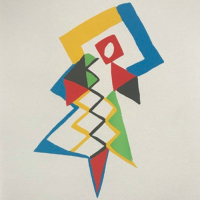
What is Polaroid?
A Polaroid print is an instant photograph produced using a Polaroid camera, which develops the image immediately after exposure. The camera's internal processing allows the photograph to develop and appear within minutes. The term Polaroid is also used more generally to refer to instant photographs and films produced by similar technologies.
Show All
- Show All
- Established
- Discoveries
Show All
ARTWORKS RELATED TO POLAROID
















